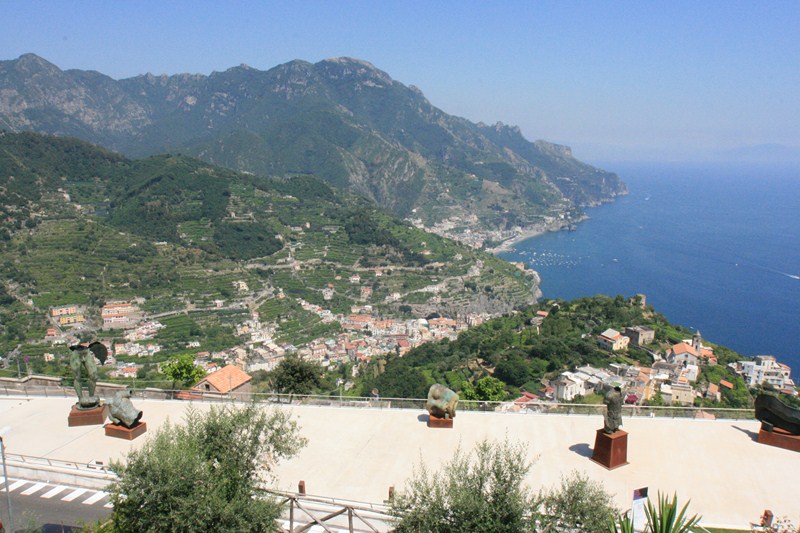
Pietrasanta – the ‘Little Athens’ of sculpture
Pietrasanta, nestled between the Carrara marble quarries and the Versilia coast, has always been known as ‘Little Athens’ – and not without reason. With over 50 art workshops, the town has attracted sculptors, mosaic artists and casters for centuries, including illustrious names such as Michelangelo, Henry Moore and Joan Miró.
Mitoraj’s legacy – a museum is created
Igor Mitoraj (1944–2014), a Polish sculptural magician, came to Pietrasanta in 1979 to work on his first monumental marble block in Carrara. In 1983, he established his studio here and named Pietrasanta – in typical mythological fashion – ‘Little Athens’. His works – torn bodies, posing heroes, myth and tragedy – were internationally acclaimed.
After his death, the city launched a massive remembrance process: the former market building on Viale Oberdan, built in 1968, was selected to permanently house Mitoraj’s collection. This resulted in the Fondazione Museo Igor Mitoraj, founded in March 2022 by the ministry, region and city with a stock of 69 works worth 7.6 million euros.
Architecture meets sculpture: clarity in space
The renovation is in the hands of the architectural firm OBR: three light-filled halls, modularly divisible, minimalistically staged, create a perfect stage – open architecture meets monumental art. Sculptures ‘float’, hang, stand – and merge with the space that was once a market, now a temple of art.
But it remains urban: a new ‘green piazza’ has been created in the outdoor area with a mammoth olive tree, a wheelchair-accessible ramp and the bronze colossus ‘Corazza’ – a social meeting place, open to all – even after the museum has closed.
Progress in fast motion
The first construction phase ended in November 2024: interior work, glass, lift and marble staircase were completed – the second phase followed in 2025 with fire protection, sanitary facilities, ramp and exterior design, including sculpture.
Between myth and modernity
Mitoraj’s art thrives on rupture: classical ideals in fragments. He worked with ancient themes (Icarus, Mars, Eros) and showed human fragility – empty eye sockets, unfinished bodies – an aesthetic proof of transience. The new museum exhibition aims to maintain this tension: between myth and modernity, time and space, silence and public piazza. A sensual space for seeing and thinking.
Why is it worth a visit?
Architectural concept: The renovation project transforms market halls into a flexible art platform – contemporary meets history.
Mitoraj up close: The 69 works, including large sculptures in bronze and marble, document mastery of materials and dreamlike aesthetics.
Social space: Piazza, garden and art merge – the museum is an urban meeting place.
Symbolic power: Pietrasanta builds on its sculptural traditions – and gives them a modern face.
Museo Igor Mitoraj: A statement for culture
The Museo Igor Mitoraj in Pietrasanta is more than just another cultural addition to Tuscany. It is a statement: for craftsmanship, for the power of sculpture – for an artist whose work brings together myth and modernity in a distinctive way. And it is – in the spirit of the ‘Spiegel’ style – an ironic passion for fragments and perfection at the same time: a beautiful contradiction, inviting discussion and lingering. Just right for a late summer visit, between Carrara and the coast, between sculpture and soul.
